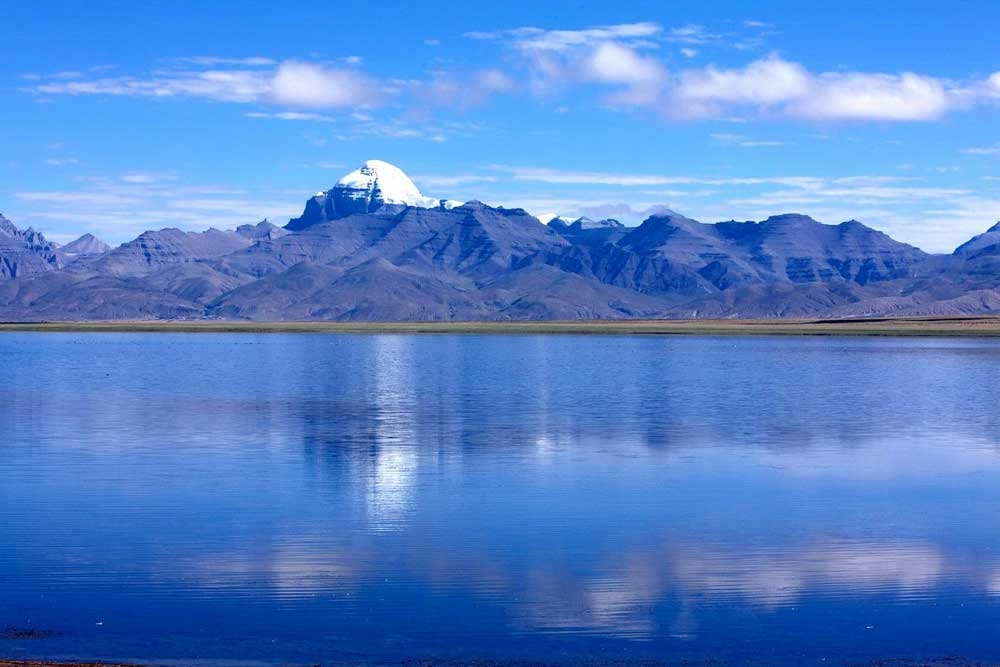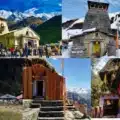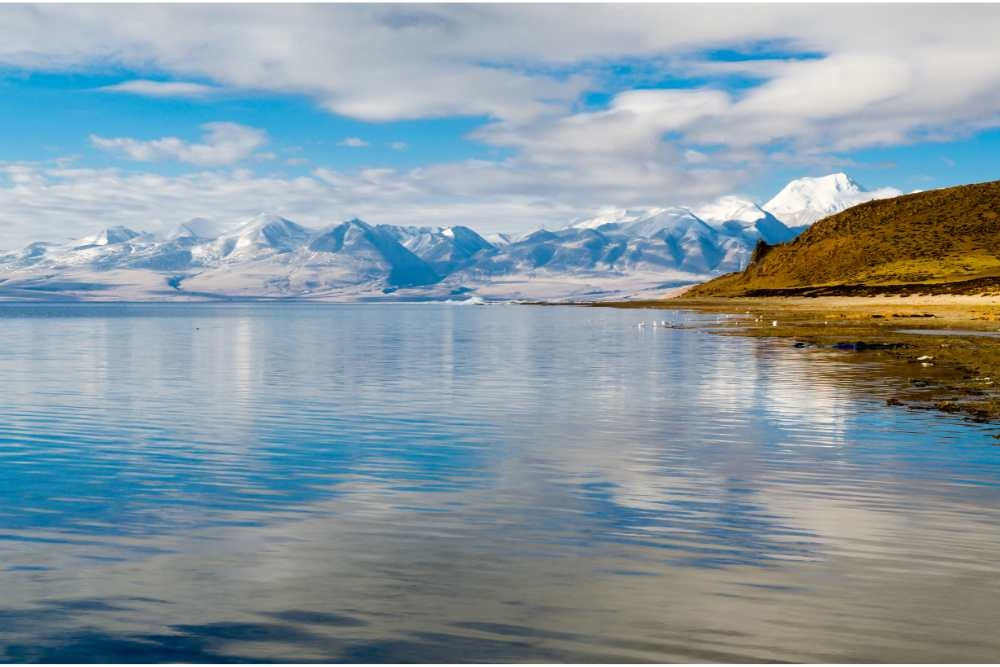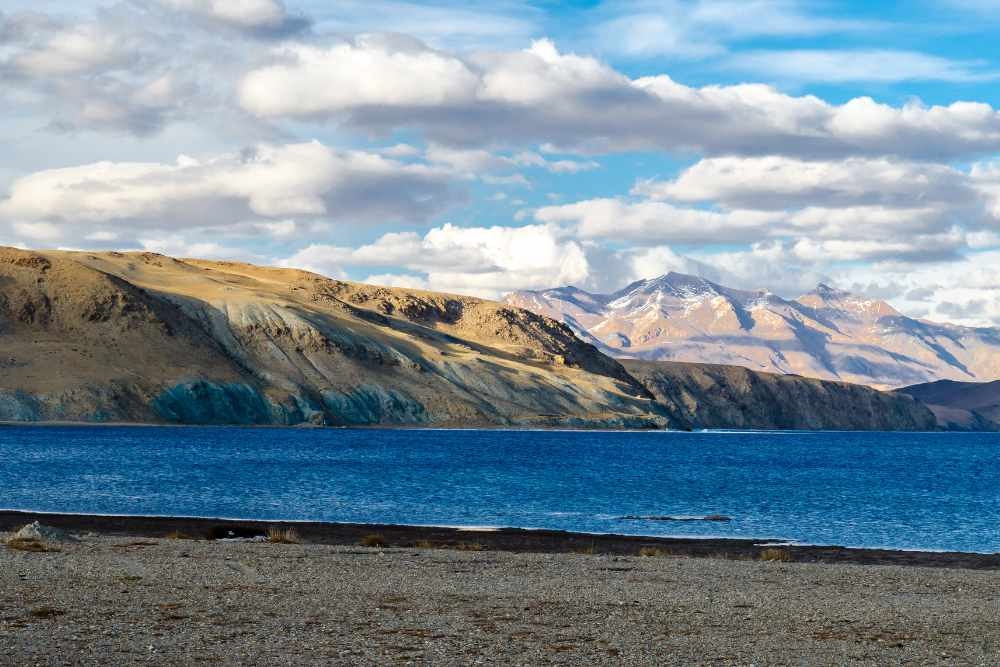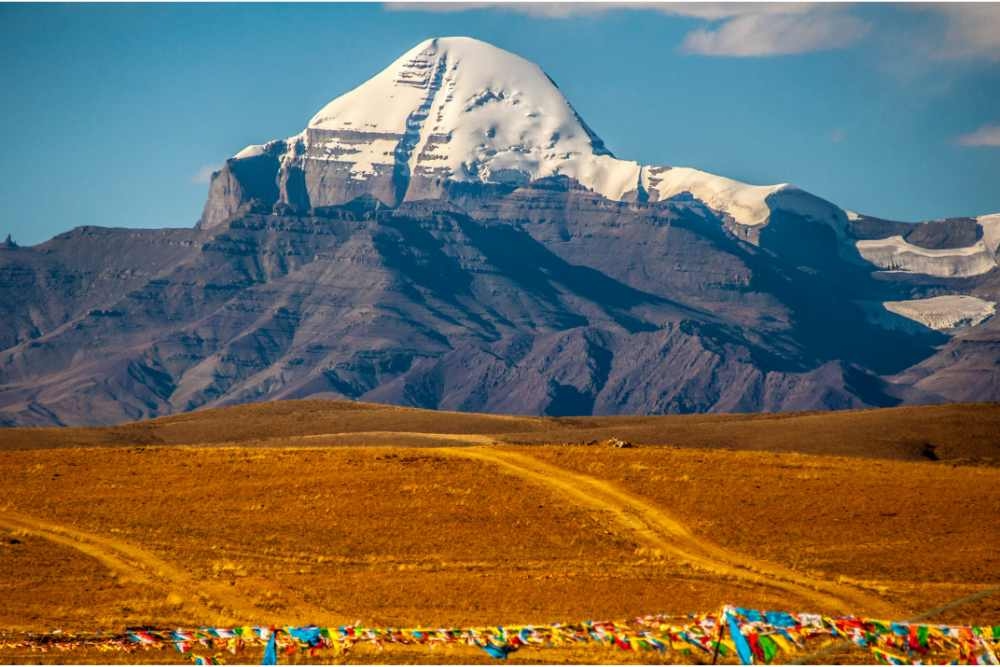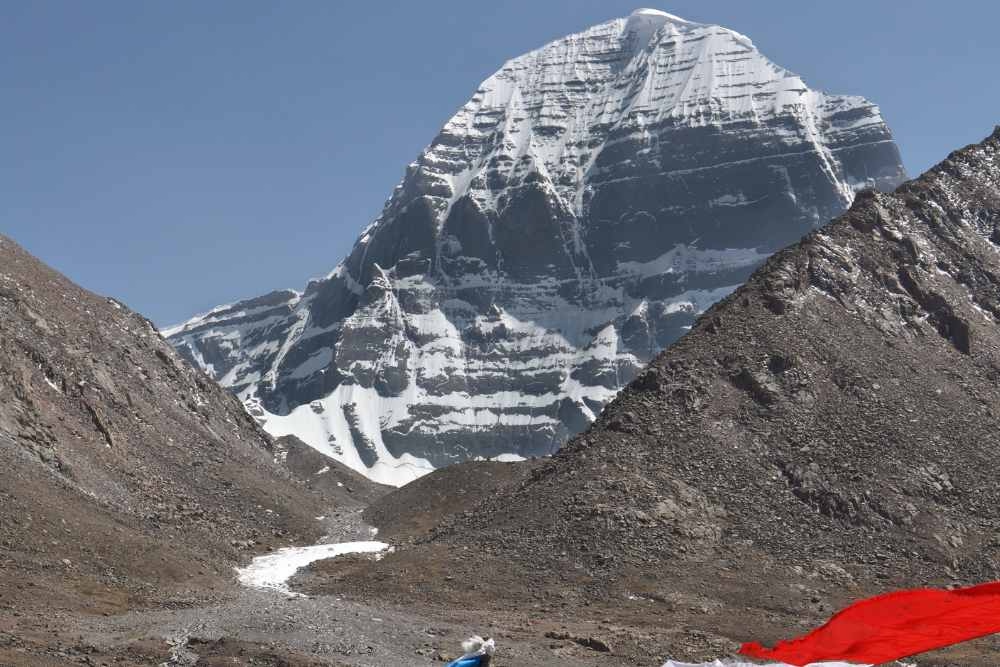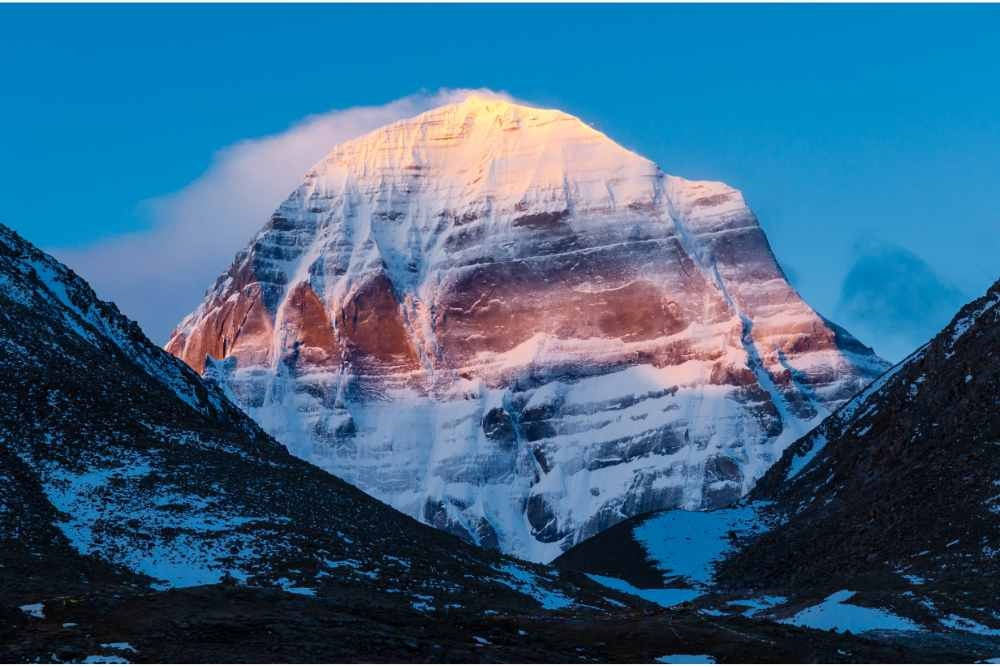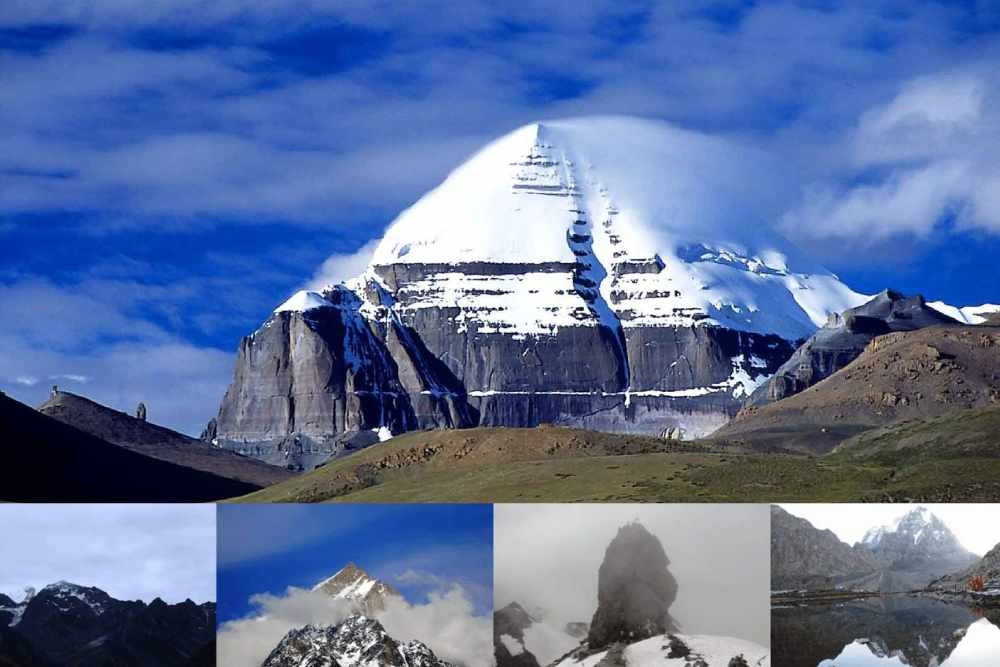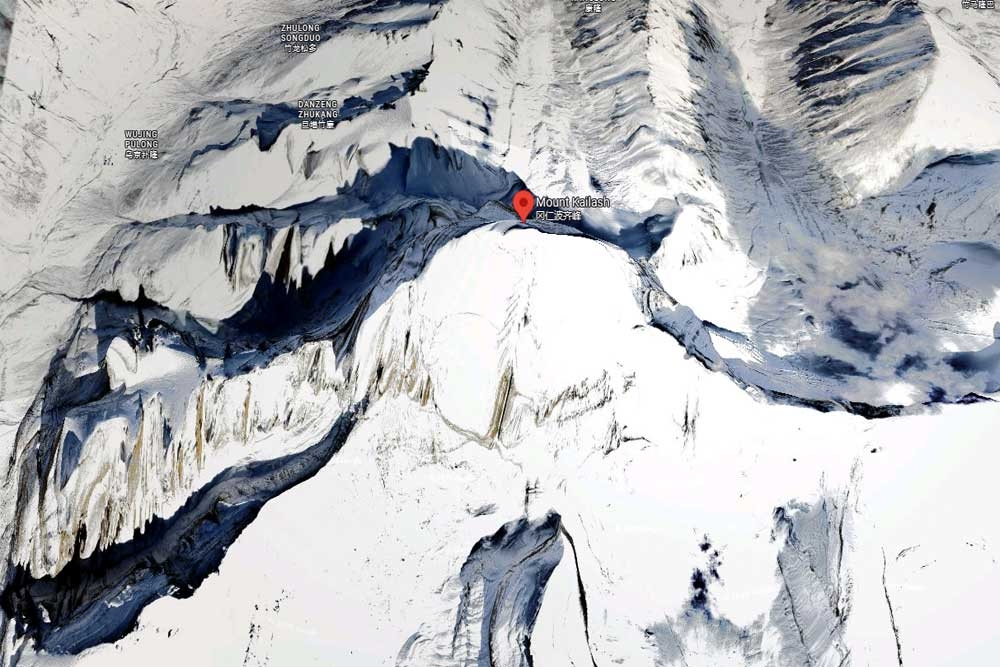Kailash Mansarovar is one of the world’s most revered and spiritually significant places. Located in the Tibetan Autonomous Region of China, it is considered the abode of Lord Shiva, the Hindu god of destruction. It is a site of immense religious importance for Hindus, Buddhists, Jains, and Bonpo practitioners. The journey to Kailash Mansarovar is not just a physical pilgrimage but a spiritual quest, offering those who embark on it an experience that transcends the ordinary.
In this guide, we’ll explore the mystical allure of Kailash Mansarovar, discuss its spiritual significance, and provide a detailed overview of the Kailash Mansarovar Yatra, including routes, packages, and important tips for those planning to undertake this life-changing journey.
Understanding the Mystical Significance of Kailash Mansarovar
Kailash Mansarovar holds a sacred place in the hearts of millions. The combination of Mount Kailash and the Mansarovar Lake forms the spiritual axis for many. The mountain is believed to be the centre of the universe, a place where the physical and spiritual worlds converge.
Mount Kailash and Kailash Parvat
Mount Kailash, known as Kailash Parvat, stands 6,638 metres (21,778 feet) above sea level. It is an iconic peak in the Transhimalayan range, visible from many miles away, towering over the landscape. What makes Kailash unique is that it has never been successfully climbed. Despite being a prominent mountain, no one has been able to conquer its summit. This is because of its sacred nature, and many believe climbing Kailash would disrespect Lord Shiva.
Kailash Darshan
The journey to Kailash Mansarovar is incomplete without experiencing the divine “Kailash Darshan”. In Hindu and Buddhist traditions, darshan refers to a personal viewing or glimpse of a sacred deity or place. For those who reach the vicinity of Kailash, witnessing the peak from a distance is believed to be an act of great spiritual merit. The snow-covered peak of Mount Kailash, shaped almost perfectly like a pyramid, has fascinated pilgrims for centuries.
The Spiritual Journey: Kailash Mansarovar Yatra
The Kailash Mansarovar Yatra is a sacred pilgrimage, with pilgrims going to Mount Kailash and Mansarovar Lake. The journey is arduous, with high-altitude trekking, challenging weather conditions, and physical exertion, but it is immensely rewarding for those seeking spiritual growth and enlightenment.
Kailash Mansarovar Yatra Packages
There are several ways to undertake the Kailash Mansarovar Yatra. Many tour operators offer comprehensive packages that cover all aspects of the journey, from travel logistics to accommodation. These packages are designed to ensure that pilgrims have a safe, comfortable, and spiritually enriching experience.
Types of Kailash Mansarovar Yatra Packages
- Standard Yatra Packages: These basic packages cover all essential aspects of the pilgrimage, including travel to and from the region, accommodation, and meals.
- Deluxe Yatra Packages: These packages offer additional comfort, such as higher-quality accommodations, better transport options, and enhanced services.
- VIP Yatra Packages: For those who prefer a luxurious experience, VIP packages provide high-end services, including private transportation and exclusive accommodations.
- Customised Yatra Packages: Some tour operators allow pilgrims to design their journey, choosing their route, accommodation, and even the time of year for the pilgrimage.
Kailash Mansarovar Route
There are several routes to Kailash Mansarovar, each varying in difficulty, duration, and scenic beauty. The two most commonly used routes are:
- The Lipulekh Pass Route (Via Uttarakhand, India)
- This is the most popular route for pilgrims from India. The journey begins at Dharchula in Uttarakhand and passes through the Lipulekh Pass. The route is well-established and is accompanied by tour guides and support teams. The pilgrimage from here typically involves trekking across challenging terrains.
- The Hilsa Route (Via Nepal)
- Pilgrims can also take the Hilsa route, which starts in Hilsa in Nepal. This route involves crossing the border into Tibet and offers a more scenic experience. The route, however, is longer and requires more preparation.
The Kailash Mansarovar Yatra Trek
The trek around Mount Kailash, known as the “Kailash Kora” or “Kailash Parikrama”, is an integral part of the yatra. Pilgrims walk around the mountain’s base, covering a distance of about 52 kilometres (32 miles). This trek is considered one of the most sacred pilgrimages, with the belief that completing the parikrama purifies one’s soul and brings spiritual liberation.
The trek typically takes three days and can be physically demanding due to the high-altitude conditions. However, many pilgrims complete it on foot for maximum spiritual benefit, while others may opt for a shorter version of the parikrama. Along the way, pilgrims pass sacred sites, including the Gauri Kund and the Dirapuk Monastery.
Famous Features of Kailash Mansarovar
Mount Kailash’s Shiva Face
One of the most awe-inspiring features of Mount Kailash is the shape of the peak, which some believe to resemble Lord Shiva’s face. The mountain’s sharp angles and snow formation are said to form an outline of Shiva’s face, adding to the mystique of this sacred place. Pilgrims often gaze up at the mountain with reverence, experiencing the presence of Lord Shiva at every step.
Kailash Parvat Images
The images of Kailash Parvat are breathtaking, capturing the grandeur and mysticism of the mountain. Whether it’s a photo taken during sunrise or a satellite view from space, the beauty of Mount Kailash is undeniable. Some say the mountain has a unique aura, radiating an ethereal energy that touches the hearts of all who behold it.
Kailash Mansarovar Lake
Mansarovar Lake, located at the foot of Mount Kailash, is another sacred site. People believe that the lake’s pristine waters possess healing properties. Pilgrims bathe in the lake to purify themselves and attain salvation. The lake is surrounded by beautiful snow-capped mountains, making it one of Earth’s most serene and peaceful places.
Panch Kailash: The Five Sacred Kailash Peaks
Panch Kailash refers to the five sacred peaks surrounding Mount Kailash. These peaks are believed to represent various aspects of spirituality and are integral to the religious beliefs of Hindus and Buddhists. The five peaks are:
- Mount Kailash (Main Peak): The central and most sacred peak.
- Mount Gurla Mandhata: Known for its resemblance to the sacred Mount Meru.
- Mount Rakshas Tal: Representing the demon king Ravana.
- Mount Nandi: Associated with Lord Shiva’s bull, Nandi.
- Mount Mansarovar: Representing the sacred lake.
Together, these five peaks are believed to symbolise the cosmic energy of the universe.
Who climbed Kailash Parvat?
Although Mount Kailash remains unclimbed due to its sacred status, a few expeditions have attempted to scale it. But no one has reached the summit, as most spiritual leaders and followers think it’s forbidden. Many see the mountain as a divine representation of Lord Shiva, and climbing it would be considered an act of hubris, disrespecting its sanctity.
Kailash Mountain from Satellite
The beauty and mystery of Kailash can even be seen from space. Satellite images of the mountain reveal its striking pyramid-like shape and solitary position amidst the vast Tibetan plateau. The remote location of Kailash only adds to its spiritual allure, making it a true icon in the Himalayan range.
Conclusion: The Spiritual Legacy of Kailash Mansarovar
The journey to Kailash Mansarovar is more than just a physical pilgrimage. It is a deeply transformative experience that countless devotees have undertaken for centuries. Mount Kailash’s sacredness, Mansarovar Lake’s tranquillity, and the surrounding landscape’s awe-inspiring beauty create an unparalleled spiritual experience.
Whether you embark on the Kailash Mansarovar Yatra as part of a group or individually, the experience will leave you with memories that will last a lifetime. It is a journey that challenges the body and the mind but rewards you with profound spiritual enlightenment.
As you prepare for your journey, remember that it is not just the destination that matters, but the inner transformation you undergo along the way. Whether you’re trekking around Mount Kailash, meditating by the serene waters of Mansarovar Lake, or experiencing Kailash Darshan, the journey itself will touch your soul and bring you closer to the divine.



